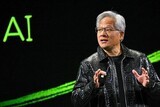Speculation about Apple’s next major design leap is resurfacing as new patent filings and supply-chain analyses suggest that a fully bezel-free or “transparent” iPhone is inching closer to reality.
Online buzz claims that a transparent iPhone could launch soon, but analysts caution that the actual product timeline and technical feasibility remain uncertain. Many within the industry believe Apple is reviewing the concept with 2027 as a tentative target rather than a confirmed schedule.

A Single Glass Body Reveals Apple’s Long-Term Ambition
Recently disclosed patent documents show an iPhone wrapped entirely in a single glass structure. The design extends the display across the front, sides, top and bottom, creating a wraparound interface that hints at a new generation of device interaction.
Industry observers say the patent reflects Apple’s long-term push toward phones without visible mechanical elements. However, patents do not always translate directly into mass production. It also remains unclear whether Apple plans to use this concept for its 20th-anniversary iPhone.
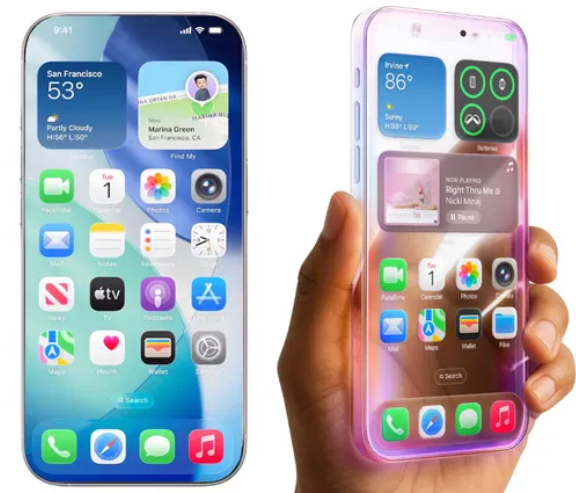
Viral “Transparent iPhone” Images Offer More Hype Than Reality
Social networks have been flooded with images and videos labeled as the “next transparent iPhone,” showing a device with no bezels and no visible camera cutout. Claims suggest a full-screen iPhone is imminent, but the verified information tells a more cautious story.
Analysts note that Apple is studying under-display cameras, embedded Face ID systems and portless designs. These efforts remain in the research or prototype phase, and no concrete mass-production schedule has surfaced.
A fully transparent structure or complete bezel removal poses significant challenges, including durability, battery protection, heat management and antenna interference. Most experts agree these issues make short-term commercialization highly unlikely.
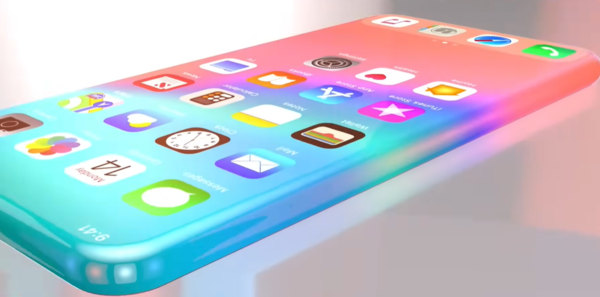
Not the Same as the Nothing Phone: Apple’s Approach to Transparency
The Nothing Phone has gained attention for its transparent rear panel that reveals internal components. Apple’s concept aims for something entirely different.
While Nothing uses transparency as a branding element with exposed components and LED effects, Apple is exploring an all-glass design intended to hide internal parts and transform the entire device into an interactive interface. What looks like a similar aesthetic reflects a very different design philosophy.
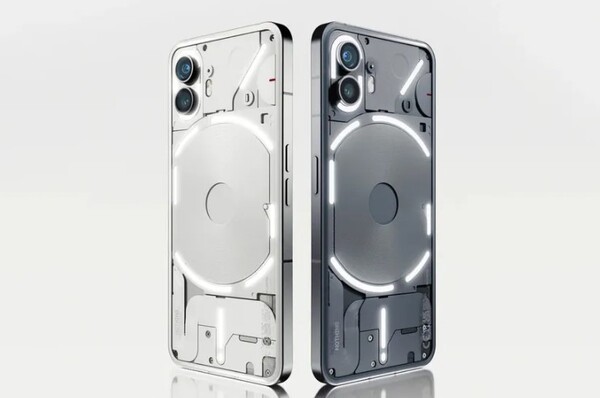
Bezel-Free Competition Grows but Market Impact Remains Unclear
Manufacturers such as Samsung continue to push bezel minimization. If Apple succeeds in presenting a fully unified design first, it could gain a competitive edge in industrial design.
Yet with Apple’s roadmap still undefined, predictions of a dramatic market shake-up appear premature.
Core Challenge: A Fully Hidden Face ID Under the Display
The most difficult element of a bezel-less iPhone is hiding both the front camera and Face ID sensors beneath the screen. Android manufacturers have already introduced under-display cameras, but problems such as image quality and light transmission remain unresolved.
To satisfy Apple’s Face ID standards, improvements in optics, signal processing and pixel architecture will be needed. Even the 2027 timeframe is considered a possibility rather than a decision.
Other challenges include maintaining durability for a single-glass body, controlling heat and reengineering the battery and antenna layout. Analysts say these hurdles make a 2027 mass-production launch technologically ambitious.
2027 Could Be a Milestone but Nothing Is Certain
Because 2027 marks the 20th anniversary of the first iPhone, analysts speculate that Apple may attempt a dramatic design overhaul. Yet this remains a projection based on patents and supply-chain signals rather than a confirmed internal plan. Apple has a history of delaying major launches until technologies reach its required performance standards.
Ultimately, the timeline for an all-glass or bezel-free iPhone will depend on advancements in display engineering, battery technology, under-display camera performance and overall durability.
Tech Insider Columnistㅣtlswnqor@naver.com
- [Column] What Apple’s Post–Tim Cook Era Is Really Worried About…Three Strategic Shifts Signaled by John Ternus’ Rise
- [Tech Column] Is the AI Boom a Bubble in the Making? Michael Burry Targets GPU Depreciation and a $5 Trillion Bet
- The ‘243g Beast’? iPhone 18 Pro Max Poised to Become the Heaviest iPhone Ever
- Apple Delays Launch of ‘iPhone Air’ Successor Amid Sluggish Sales
- “Thin but Pricey”...iPhone Air Fizzles Out with Just 3% Market Share, Faces Discontinuation
- [Publisher’s Column]Why Does Apple Keep Winning Without Innovation?
- Microsoft Ignite 2025: The Age of the AI Turning Point
- Samsung Puts AI in the Palm of Your Hand
- Google Phones Can Now Use AirDrop. The Wall Between Android and iPhone Is Finally Cracking

![[동학] 카카오톡 친구탭, 결국 12월 롤백… “격자형 피드는 선택 옵션으로”](https://cdn.kmjournal.net/news/thumbnail/custom/20251126/5517_10550_1119_1763853080_120.jpg)


![[테크 칼럼] 제미나이3, GPT-5.1을 넘다…AI는 이제 ‘일을 대신하는 시대’로 간다](https://cdn.kmjournal.net/news/thumbnail/custom/20251126/5457_10454_4847_1763621329_120.jpg)


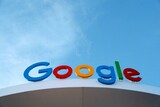
![[낭만 테크 시대] AI 대항해 시대](https://cdn.kmjournal.net/news/thumbnail/custom/20251126/5603_10714_4334_1764121414_160.jpg)
